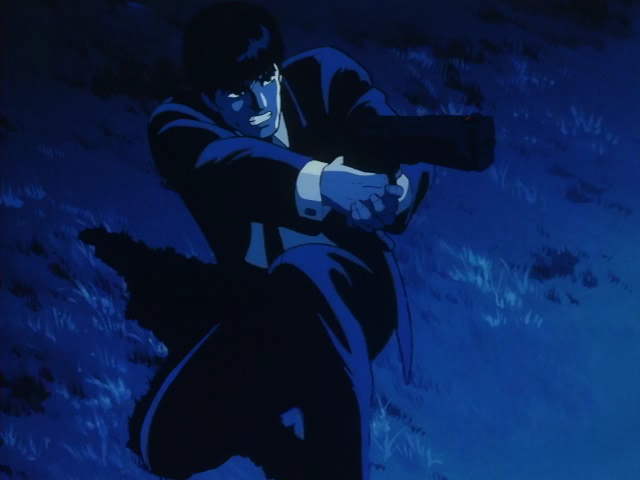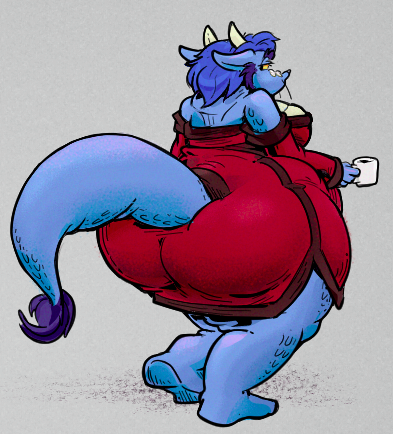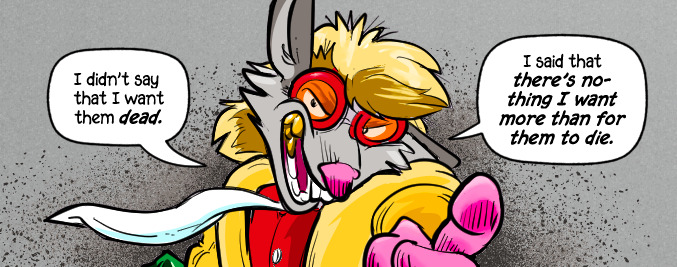
The above picture is from *Wicked City*, an anime from 1987, directed by Yoshiaki Kawajiri. This iconic image has been in dozens of adverts, trailers, and teasers in the last third of a century. Many of you have seen it but have had no idea what movie it's from.
I first watched it on an undubbed, unsubbed VHS tape, with a fan translation on print-out👵 When I was asked about what "old anime" might be good to watch, I suggested this movie with some reservations. While I couldn't exactly remember what was bad about it, I did remember "80s anime" and thus I was sure it had content that would make me and others uncomfortable.
IMDB's Parents Guide rates *Wicked City* as having "Sex: Severe", "Violence: Severe", and "Frightening: Severe". To IMDB's credit, their reviewers list the elements of the movie that their guides put into these categories. But, my audience didn't want spoilers, so they just told me that "Sex: Severe" and "Violence: Severe" was okay.
Ahem.
By putting "sex" and "violence" into separate categories, the ratings system does not quite prepare the audience for how much sexual assault is in *Wicked City*. Though "a woman is gang-raped twice" is listed as one element. Also listed is the unhelpful "There is a sexual theme throughout".
The reviewers also file the assaults under "sex" and *not* violence. This system puts the consensual sex in the same category as non-con sex, which is a terrible way to put it. Somehow, "sex" can have elements of both consent and non-consent... but "violence" only has non-con.
I will not defend the movie as being "of its time". I'm sure the director was excited to put new and unseen images on the screen. This anime contains some of the best, many of these scenes would be imitated or even stolen. But the constant "fridging" of women wasn't even okay back then and it's not okay now.
To their credit, the guides did express that the sexual violence was portrayed as "titillating" and thus more, um, "severe". Such portrayals were common in 70s and 80s exploitation cinema. Like many anime, *Wicked City* is imitating that quality; and because they're hand-drawn cartoons that don't require actors, posing, lighting, etc, they can include more of these scenes, more frequently, with very specific portrayals. It's not great.
I wanted to get my thoughts down in a journal about it. I am left wondering how we can move beyond the puerile & puritan Eighties and find ways to discriminate between sex and assault in our media, and how to talk about it.




















